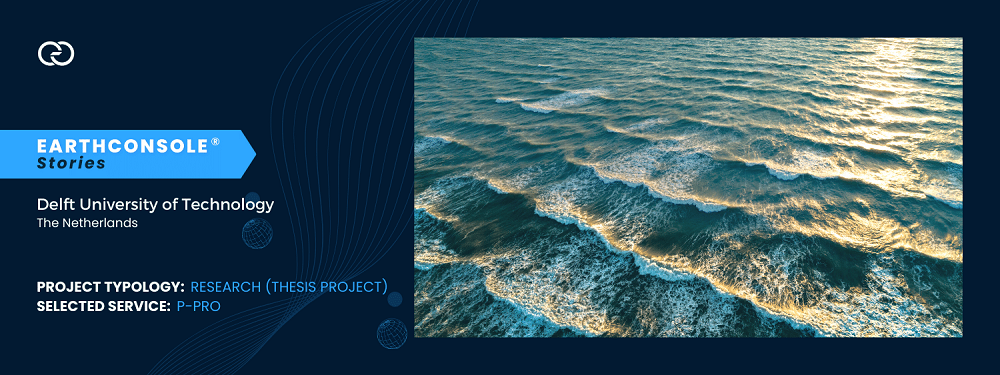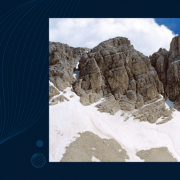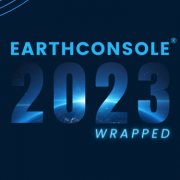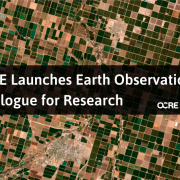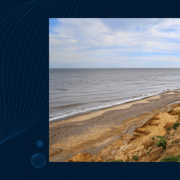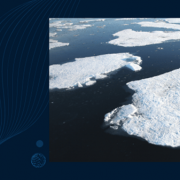EarthConsole® Stories: Sentinel-6 potential of swell wave detection using FF-SAR data
EarthConsole® Stories are experiences about how we helped universities, research centres or service developers to leverage earth observation data to extract valuable insights for their research, educational or pre-commercial projects.
The Project
In the context of the Space Flight MSc program at the faculty of Aerospace Engineering of the Delft University of Technology, this thesis project delved into the capabilities of the Sentinel-6 Michael Freilich satellite, the latest satellite altimetry mission, launched in November 2020 as part of the Copernicus programme.
The project aimed to compare two types of data, Level 1b Sentinel-6 Fully Focused Synthetic Aperture Radar (SAR) RAW and RMC data, to evaluate their differences in monitoring swell waves.
The project focused on the Channel Islands of California, where the presence of swells is dominant and especially evident in the winter period.
The Need
Recent research has shown that the performance of the RMC mode in unfocused SAR meets expectations. However, when it comes to fully focused SAR applications, there was still a need to evaluate the differences with RAW data.
That’s where EarthConsole® came into play. EarthConsole®’s Altimetry Virtual Lab provides the FF-SAR processor for Sentinel-6 developed by Aresys. This processor handles the entire journey of Sentinel-6 SAR data, starting from the raw FBR data and transforming it into FF-SAR Level1b products. This processor became indispensable since it provided FFSAR data required for extracting swell spectra information.
Why EarthConsole®
The research team chose to utilize the EarthConsole® P-PRO (parallel processing) service within the EarthConsole® Altimetry Virtual Lab to access the FFSAR (Fully Focused Synthetic Aperture Radar) for Sentinel-6.
In the course of the thesis project, creating an in-house FFSAR processor was simply beyond the project’s scope and the time constraints allocated for it. Consequently, we made the decision to leverage an external service, a choice that brought about several notable advantages. It afforded me access to a well-tested software solution and allowed me to fine-tune processing parameters to align with my specific requirements. Most notably, the substantial reduction in processing time, compared to running it on a local machine, emerged as a pivotal factor ensuring the project’s ultimate success.
The project impact
This performance analysis will be of great help to members of the scientific community who wish to use RAW data to analyze swells as it will highlight differences between RMC and RAW datasets thereby guiding a critical interpretation of the Sentinel-6 mission data.
This project has been supported via the ESA Network of Resources initiative.

